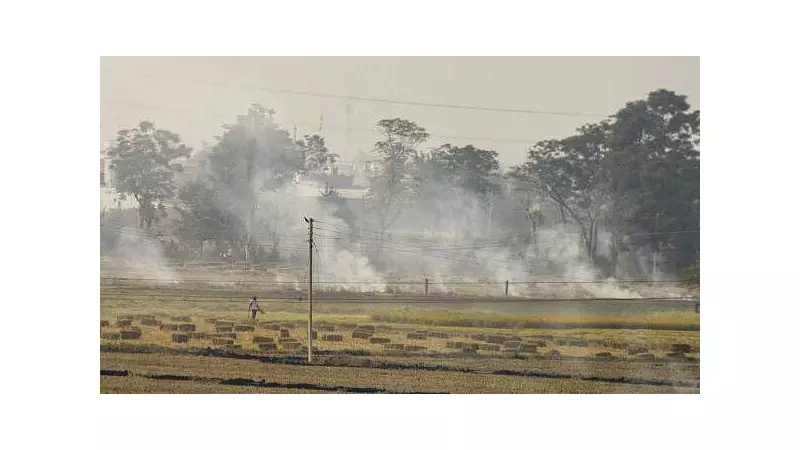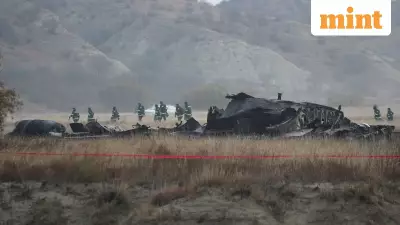
The Supreme Court of India has taken decisive action regarding the worsening air pollution crisis in Delhi-NCR by scheduling a crucial hearing on November 17. This development comes as the capital region continues to grapple with dangerously high pollution levels, with agricultural burning in neighboring states identified as a significant contributing factor.
Legal Battle Against Air Pollution
The apex court will address a fresh plea specifically targeting the persistent issue of stubble burning during its scheduled hearing next week. This legal intervention represents the latest effort to compel authorities into taking more effective measures against the annual environmental crisis that affects millions of residents across northern India.
The Supreme Court's involvement underscores the severity of the situation and the urgent need for coordinated action between state governments and central authorities. Environmental activists and concerned citizens have been increasingly turning to the judiciary for solutions as administrative measures have repeatedly failed to adequately address the seasonal pollution spike.
The Stubble Burning Crisis
Stubble burning, the practice of setting fire to crop residue after harvest, has become a major point of contention in the fight against air pollution. Farmers in Punjab, Haryana, and Uttar Pradesh typically engage in this practice between October and November to quickly clear their fields for the next planting season.
This agricultural practice contributes significantly to the toxic air quality that blankets Delhi-NCR during the winter months. The smoke from these fires travels hundreds of kilometers, combining with urban pollution sources to create a hazardous atmospheric cocktail that poses serious health risks to the population.
Medical experts have repeatedly warned about the dangerous health implications of prolonged exposure to such poor air quality, particularly for children, the elderly, and those with pre-existing respiratory conditions. The situation has become so dire that schools have occasionally been forced to close and outdoor activities have been severely restricted.
Seeking Sustainable Solutions
The upcoming Supreme Court hearing is expected to focus on finding practical and enforceable solutions to the stubble burning problem. Previous court interventions have led to the establishment of monitoring mechanisms and the implementation of various technological alternatives, but implementation has remained inconsistent.
Potential solutions that might be discussed include greater financial support for farmers to adopt alternative crop residue management techniques, improved distribution of machinery for in-situ management, and stronger enforcement of existing bans on agricultural burning. The court may also examine the effectiveness of current government schemes designed to address the problem.
Environmental advocates hope the November 17 hearing will result in concrete directives that compel state governments to take more decisive action and provide clearer accountability mechanisms. The case represents a critical test of the judiciary's ability to influence environmental policy and protect citizens' right to clean air.
As Delhi-NCR residents continue to breathe toxic air, all eyes will be on the Supreme Court's deliberations and the subsequent actions taken by authorities. The outcome of this legal proceeding could have significant implications for how India manages its annual air pollution crisis and balances agricultural needs with public health concerns.





